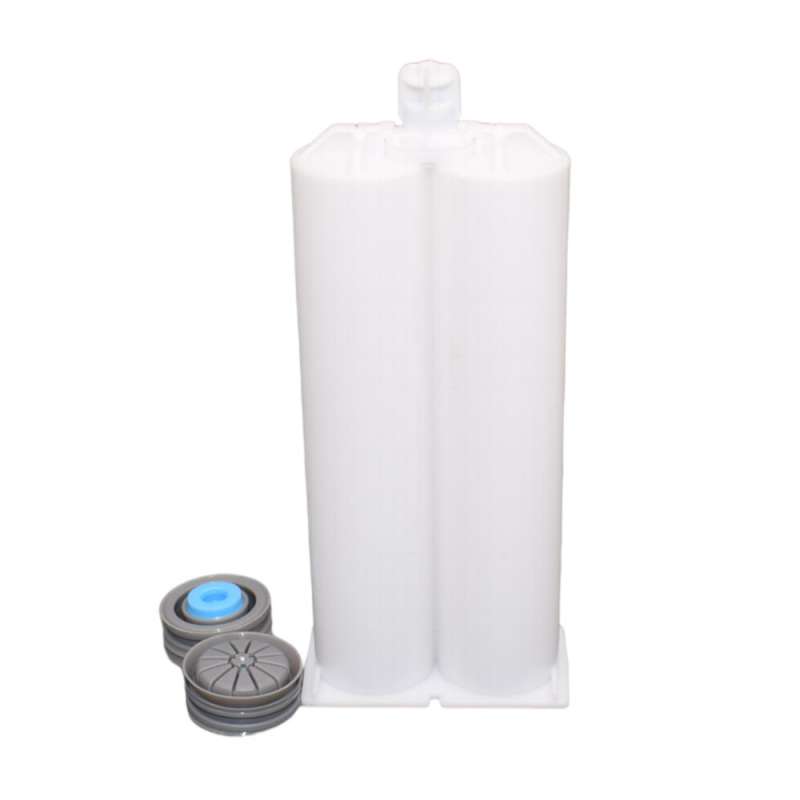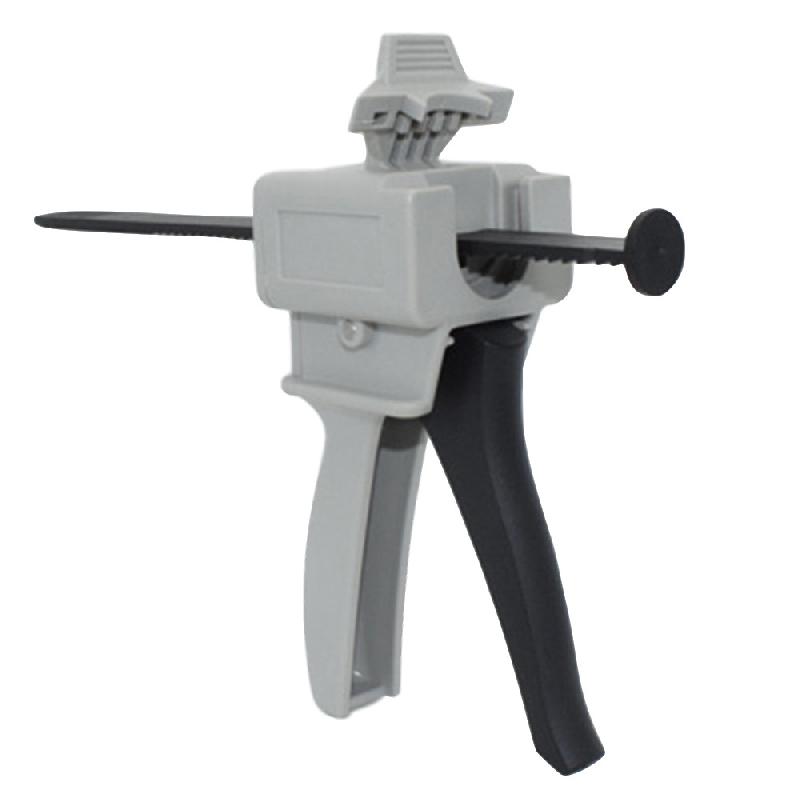Helical Bayonet Static Mixer Nozzle Tube Tip
作者:小编
更新时间:2024-11-18
点击数:
A bayonet static mixing nozzle is a specialized type of nozzle used in conjunction with static mixers for efficient and homogeneous mixing of two or more substances, typically adhesives or other fluids. Here is a detailed overview:
Structure and Design
- The bayonet static mixing nozzle typically consists of two main parts: the outer body and the inner mixing element.
- The outer body is usually made of durable plastic or metal and has a bayonet-style connection mechanism at one end. This bayonet connection allows for quick and secure attachment to the corresponding static mixer or dispensing device, ensuring a tight seal to prevent leakage during the dispensing process.
- The inner mixing element is the core component responsible for the actual mixing of the substances. It is often designed as a series of precisely engineered channels, baffles, or helical elements. These elements are arranged in a specific pattern to create a tortuous path for the fluids to flow through. As the fluids pass through these channels, they are repeatedly divided, redirected, and recombined, which promotes thorough mixing at a microscopic level.
Working Principle
When the two or more substances to be mixed are introduced into the static mixing nozzle, they enter the inner mixing element. As the fluids flow along the channels and interact with the various elements of the inner mixing element, the following processes occur:
- Division: The incoming fluid streams are divided into smaller sub-streams. This increases the surface area of contact between the different substances, facilitating better mixing.
- Redirection: The sub-streams are redirected in different directions multiple times. This helps to break up any laminar flow patterns and ensures that different parts of the fluid come into contact with each other.
- Recombination: After being redirected, the sub-streams are recombined, allowing the molecules of the different substances to mix more intimately. This process is repeated several times as the fluids progress through the length of the mixing element, resulting in a highly homogeneous mixture by the time the fluids exit the nozzle.
Advantages
- Superior Mixing Quality: The bayonet static mixing nozzle is engineered to provide extremely uniform and consistent mixing of substances. This is crucial in applications where the quality of the mixture directly affects the performance of the final product, such as in adhesive bonding where an even distribution of components is essential for strong and reliable bonds.
- Quick and Easy Installation: The bayonet connection simplifies the installation process, enabling rapid attachment and detachment of the nozzle from the static mixer or dispensing equipment. This is particularly beneficial in production environments where time is of the essence, as it minimizes downtime during nozzle changes or maintenance.
- Versatility: These nozzles can be used with a wide range of substances and viscosities, making them suitable for diverse applications across various industries. Whether it's low-viscosity solvents or high-viscosity adhesives, the bayonet static mixing nozzle can be customized or selected to achieve optimal mixing results.
- Reduced Waste: By ensuring thorough mixing, the nozzle helps to minimize the amount of material wasted due to improper mixing or inconsistent application. This not only saves costs but also contributes to a more sustainable manufacturing process.
Applications
- Adhesive Bonding: Widely used in industries such as electronics, automotive, and construction for mixing and dispensing two-part adhesives. For example, in electronics manufacturing, it ensures that the epoxy resins and hardeners are perfectly mixed before being applied to bond components, resulting in reliable and durable connections.
- Coating and Painting: In the coating industry, bayonet static mixing nozzles can be used to mix paint components or additives with the base paint to achieve specific coating properties. This is important for obtaining consistent color, gloss, and durability in the final coating.
- Chemical Processing: In chemical plants, these nozzles play a role in mixing various chemical reagents or reactants. The precise mixing achieved by the nozzle helps to control chemical reactions more accurately, leading to higher product yields and better quality control.
- Food and Beverage Industry: Although less common, they can also be used in some food and beverage applications where the mixing of ingredients or additives is required. For example, in the production of certain confectionery products or dairy-based beverages, the nozzle can ensure the uniform dispersion of flavors, colors, or stabilizers.
Selection Criteria
- Compatibility with Substances: It is essential to choose a bayonet static mixing nozzle that is chemically compatible with the substances being mixed. Different materials may react with certain chemicals, leading to degradation or contamination of the mixture. Therefore, the material of construction of the nozzle should be carefully considered based on the nature of the fluids.
- Viscosity Range: The viscosity of the substances to be mixed is another critical factor. Different nozzles are designed to handle specific viscosity ranges effectively. If the viscosity is too high or too low for a particular nozzle, it may result in poor mixing or flow problems. Manufacturers usually provide viscosity range specifications for their nozzles to assist in the selection process.
- Flow Rate Requirements: The required flow rate of the mixture depends on the application and the production rate. A nozzle with an appropriate flow rate capacity should be selected to ensure that the dispensing process is neither too slow (affecting productivity) nor too fast (leading to poor mixing or inaccurate application).
- Connection Compatibility: As mentioned earlier, the bayonet connection of the nozzle must be compatible with the static mixer or dispensing device it will be attached to. Ensuring a proper fit is necessary to prevent leaks and ensure smooth operation.
In conclusion, the bayonet static mixing nozzle is an important component in many fluid mixing and dispensing applications, offering excellent mixing performance, ease of use, and versatility. By understanding its structure, working principle, and selection criteria, users can optimize their mixing processes and achieve better results in their respective industries.





